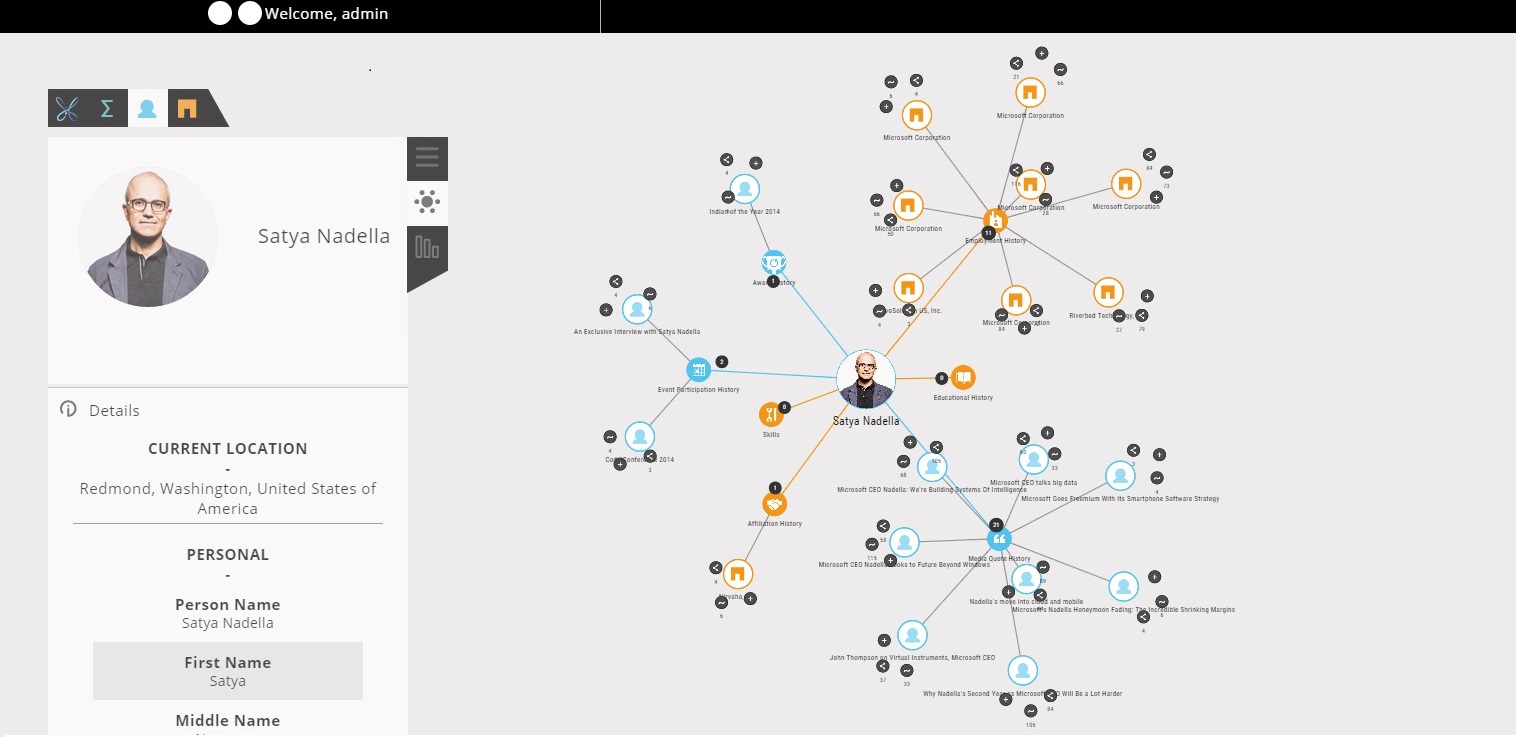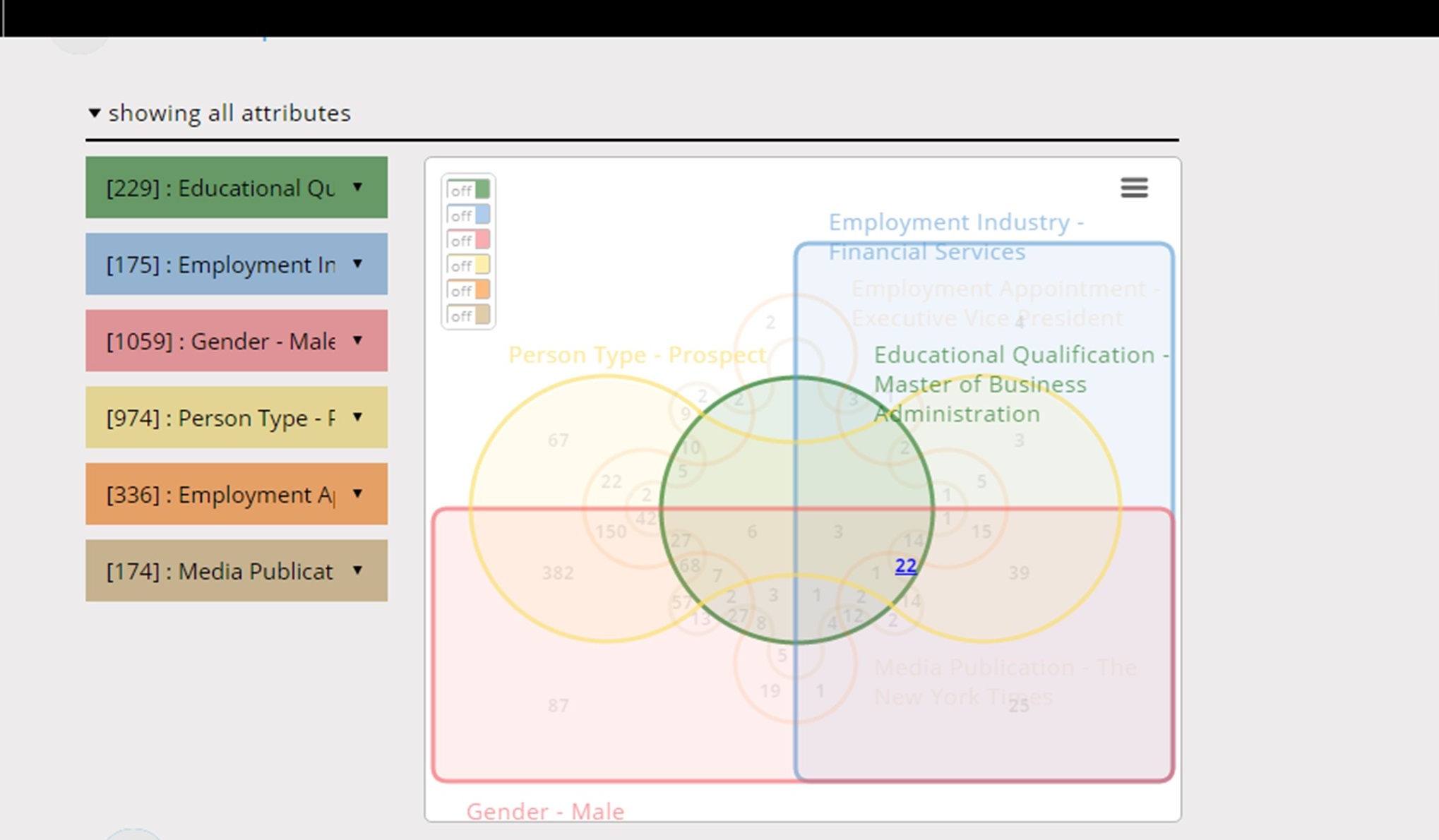What Is the Difference Between a Connection and a Relationship in Data Management?
Being a data-driven organisation used to be a badge of honour; now it is rapidly becoming a basic requirement of modern business. All companies need data in order to survive, and all rely on its insights to provide growth, but are all using data in the right way? Certainly not.
We can see the importance of data in every aspect of modern business. Datasets are becoming so large and unwieldy that around 75% of global businesses now opt to utilise cloud storage structures, and data is now so valuable that the average information security budget in the Asia Pacific region is now $4.5M.
But, how can business owners be sure that they are getting the most from their data? How can they uncover insights and use those in an effective manner in the market? It comes down to discovering data relationships, not mere data connections.
Correlation and Causation
As any high school science teacher will tell you, correlation and causation are not necessarily the same thing. Just because value a = 2, value b = 4, and value c = 6, you cannot know for certain that value d will = 8.
Instead of looking for patterns and hoping for the best, business owners looking for real value from their datasets should aim to gain a more intimate understanding of the forces driving the data – the ‘how’s and the ‘why’s – and establish causality and meaning.
Passive Connections, Active Relationships
The sense of correlation and causation and the differences between the two underline the profound disparity between data connections and data relationships. Connections, at their heart, are passive and are forged simply by observing data and making predictions based on these observations. This is merely skimming the surface of data.
Relationships, on the other hand, are more active. By understanding the wide range of factors that drive your data, and the interplay and variation between each, you can begin to gain real data insights. However, unlocking the meaningful relationships between data points is no simple task and can only be addressed by what is known as semantic processing. Semantics is the study of the meaning of linguistic expressions and is now being used in the latest software solutions to interrogate and relate data points.
These insights gained can then be applied to your own organisation. They will assist you as you develop an intimate knowledge of your growth areas, your areas which need improvement, the efficiency of the protocols you already have in place, the efficacy of the processes you wish to road test for the future, and all manner of other things that you may need to understand about your business.
Insights, gained from a thorough understanding of the causality affecting your data, are the building blocks of comprehensive data intelligence.
Meaningful Connections
Increasingly, it is just not enough to make connections between data points. Any business intelligence tool of a reasonable quality can provide such connections if properly configured, but these tools cannot derive true meaning from the connections they expose. They also cannot provide anything other than what you specifically configure them to show.

Ulysses’ 360° view dashboard allows users to easily visualise semantic relationships to uncover patterns in their data
This is why the next generation of these tools – including Latize’s own Ulysses – was designed to recognise connections without complex prior configuration, and relate and surface new data points as they occur. The objective of which is to provide visibility of information that may not have been specifically asked for, nor even known about at all. This approach will revolutionise the way we look at data, slashing the cost and effort associated with managing this valuable resource.
Insights with True Value
This is when the true value of relationships in data management becomes apparent. Far from simply playing lip service to the procedures and protocols of the data age, you are now able to see firsthand the growth factors that data has provided, and even put a monetary value on their successes. Furthermore, the insights provided by exposing meaningful data relationships have already enabled a much wider suite of data monetization possibilities for early adopters. This is truly the key to unlocking the value in your data.

With Ulysses, users can quickly identify common customer segments by intersections of the cluster groups
Without even knowing it, by interpreting data relationships rather than just examining data connections, your organisation has become truly data driven and data oriented.
Even an average-sized company is something of a data factory, churning out reams of facts, figures, insights, and statistics with each day of operation. This can be viewed as a sort of raw material, an unrefined resource ready to be tapped. All it needs is analysis and interpretation before it is ready to be deployed on the frontline of your growth strategies.
At Latize, we have the expertise required to assist you with this interpretation and with turning this wealth of data into a driver for growth and development. We specialise in transforming that raw material and then utilising it in a very real sense. Get in touch with a member of our team on +65 6384 5411 or at info@latize.com to find out more or to try our services on for size.
